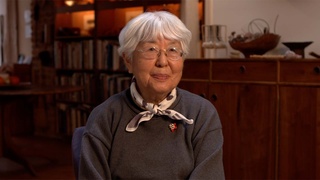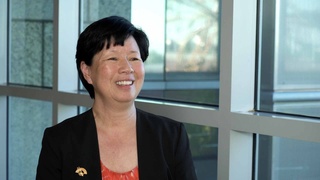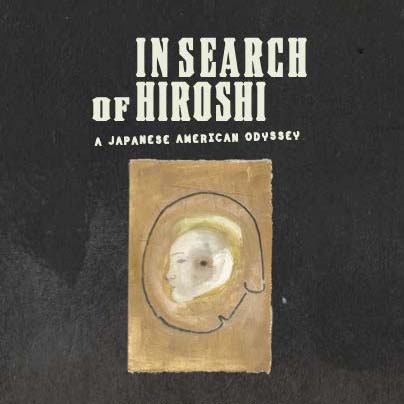Interviews
Animosity between the Hawaiians and the mainlanders
You probably may have heard of some of the animosity between the Hawaiians and the mainlanders. This conflict persisted for a long…even after the war.
Every night the Hawaiians, especially, would like to go to the PX, have beer – ten cents a bottle. Right after lights out, I think it was ten o’clock, we were in our hut, I heard a large commotion outside the door. A drunk Hawaiian came barging in, into our hut – we were all in our beds – and they started beating up my friend “Yuk” Minaga, who’s from Utah, and he was my radio man in forward observer crew. And they jumped on him and started pounding him. So I jumped up and I tried to pull off the guy that was on top pounding him. And someone else, maybe it was two, choked me and pulled me down and started beating me up too. All the while, nobody else got up, nobody could…I’m sure nobody could sleep through this ruckus – it was a small room with cots side-by-side. And they beat us up, but not to the point where we had to go to the infirmary.
And the next day, the captain came to us and said, “You know, they found the fellows that beat you up last night.” The question came, “Do you want to press charges against these guys?” After just a few minutes, it didn’t take us very long, we said, “Well why don’t we drop this completely and take it out on the Germans.” And we shook hands, and that was it. It was not even on our records. I think that was our good move that we made.
Date: January 3, 2015
Location: California, US
Interviewer: Lily Anne Y. Welty Tamai
Contributed by: Watase Media Arts Center, Japanese American National Museum
Explore More Videos

Father was convinced the constitution would protect him
(b. 1935) Sansei businessman.

The lack of discussion about family’s incarceration in Amache
Sansei judge for the Superior Court of Los Angeles County in California


Her brother’s reasons as a No-No Boy
(b. 1923) Japanese American poet, activist

Her grandfather was pressured to teach Japanese
Sansei judge on the Superior Court of Los Angeles County in California

Neighbor took care of her mother after grandfather was taken by FBI
Sansei judge on the Superior Court of Los Angeles County in California

Immediately after the bombing
(b. 1938) Japanese American. Hiroshima atomic bomb survivor

Other family members not as lucky
(b. 1938) Japanese American. Hiroshima atomic bomb survivor

His parents had little hope that he had survived the atomic bomb
(b. 1938) Japanese American. Hiroshima atomic bomb survivor

His views on nuclear weapons
(b. 1938) Japanese American. Hiroshima atomic bomb survivor

Loss When Leaving for Manzanar
Japanese American animator for Walt Disney and Hanna Barbera (1925-2007)

Forcibly deported to the U.S. from Peru
(b. 1936) Japanese Peruvian incarcerated in Crystal City

Stories of Grandfather at a concentration camp in Fusagasuga
(b.1974) Japanese Colombian who currently resides in the United States

Her grandfather in a concentration camp in Fusagasuga (Spanish)
(b.1974) Japanese Colombian who currently resides in the United States

Family welcomed at Crystal City
(b. 1936) Japanese Peruvian incarcerated in Crystal City

Discover Nikkei Updates


Thursday, June 6
Join us for a conversation with author Gene Oishi about his acclaimed, newly revised 1988 memoir.

See exciting new changes to Discover Nikkei. Find out what’s new and what’s coming soon!
